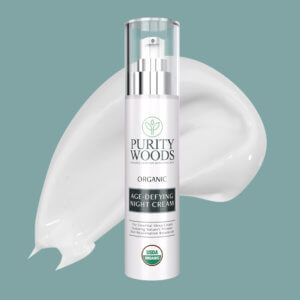Unless you live somewhere warm and mild year round, your skin has probably experienced the harshness of winter.
Dry indoor air, a cranked up heater, severe outdoor weather— all of these take a toll on your complexion. Together, they are the recipe for dry and dull skin that makes signs of aging more visible.
To keep your skin moving in the right direction, you’ll want to continue (or start) an anti-aging skincare routine during the winter months. However, the specific ingredients you include should be chosen carefully to avoid adding to the dryness and irritation that often come with cold weather.
With that in mind, here’s a closer look at the best ingredient options, plus a few you’ll want to avoid.
Winter Skin + Anti-Aging : What’s the Big Deal?
If your skin starts to feel dry, sensitive, irritated, or itchy during the winter months, you aren’t alone.
Despite its best efforts, your skin’s natural barrier simply can’t keep up with the combined effects of heaters, harsh winds, and low humidity. The result is a disrupted skin barrier that is more likely to let toxins in and allow moisture to get out.
Now, you might be thinking that winter didn’t always seem to be so hard on your complexion— and you’d be right.
The elements always impact your skin, but it has a great ability to bounce back and compensate for less-than-ideal conditions. Unfortunately, this ability diminishes as you (and your skin) get older, leaving you more susceptible to dryness and related issues.
You can make up for this by choosing specific ingredients and products that nourish your skin while still fighting signs of aging.
The bad news? Several of the most popular anti-aging ingredients are not kind to your skin during the coldest months.
Your Skincare Routine in Winter: Ingredients to Avoid
Conventional anti-aging ingredients can be effective, but they are often hard on your skin.
One of the best examples of this is retinol, which fights wrinkles but comes with side effects like dryness, redness, and irritation. It, and prescription retinoids, are even harder on skin during winter and should be avoided to keep your skin feeling healthy.
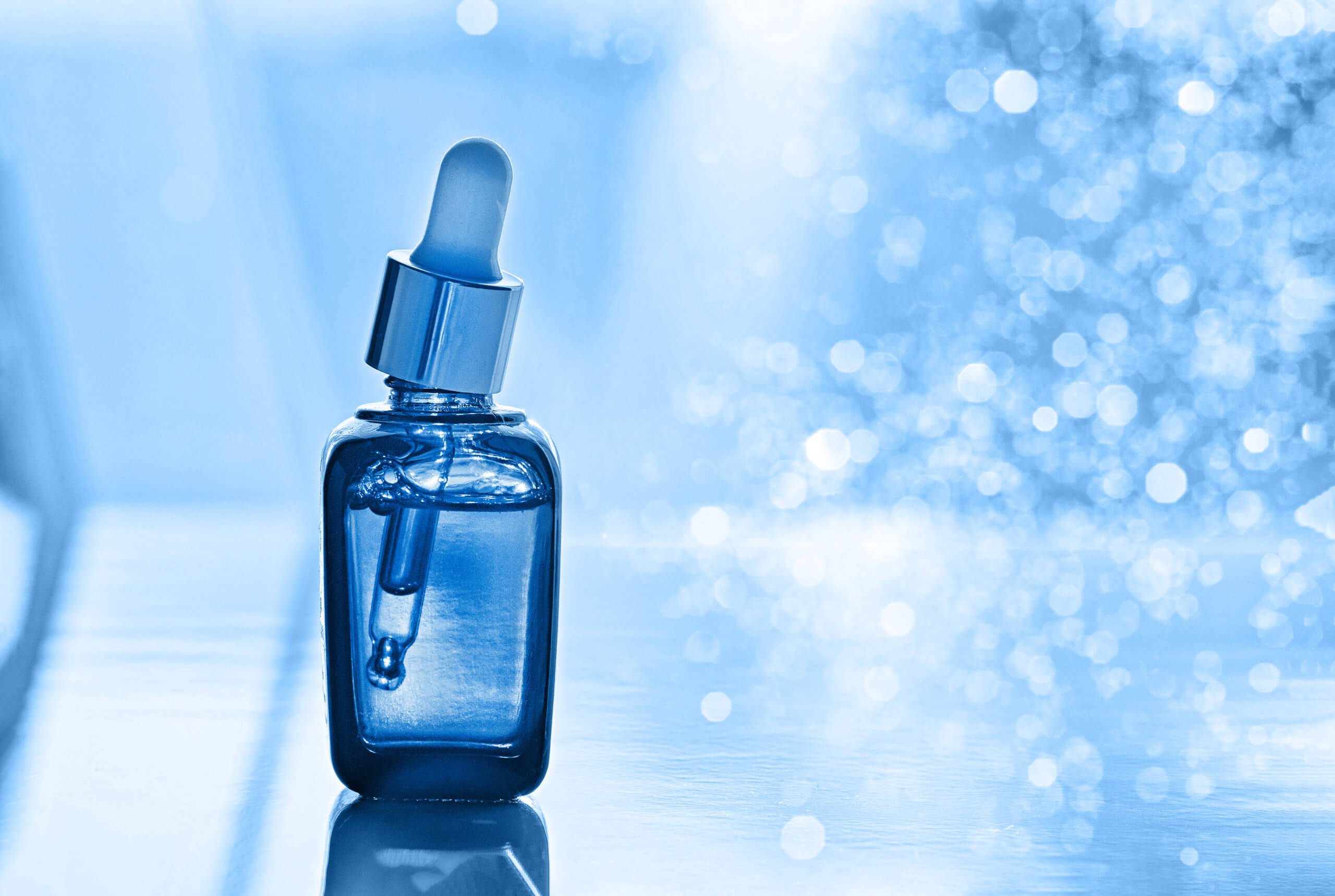
In addition to retinol, stay away from other harsh and drying ingredients like glycolic acid, salicylic acid, lactic acid, and alcohols.
A final tip is to stop using cleansers that strip all the oils from your face. A healthy lipid (oil) layer is needed to protect your skin and keep it from drying out, so you want that layer to stay intact!
And now for the good part: The top anti-aging ingredients that nourish and rejuvenate your skin all winter long.
First Up: Moisturizers
A quality moisturizer is your skin’s #1 way to get through winter with minimal damage.
Moisturizers fight dryness by pulling moisture to your skin and locking it in. They also help to repair your skin’s barrier, which means less irritation and a more radiant, youthful appearance.
As a rule, look for creams, lotions, etc. made with only natural and organic ingredients to avoid toxic chemicals and pesticide residue. Particularly seek out the following ingredients, which are some of nature’s best moisturizers with anti-aging capabilities.
Butters
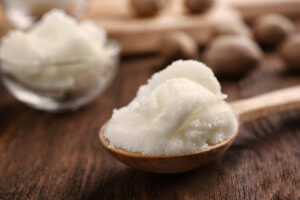
Plant-based butters mostly function as occlusive ingredients, meaning they form a barrier over your skin that keeps moisture in. They are a key part of any anti-aging skincare routine in winter because of their protective properties.
Here’s a look at a few of the best:
Shea Butter— Shea butter is a skincare superfood that is packed full of fatty acids, vitamins, and antioxidants. It’s especially rich in vitamins A and E, which both help to diminish or prevent signs of aging like wrinkles, dark spots, etc.
Cocoa Butter— Also known as cocoa seed butter, this deliciously scented ingredient is incredibly rich and luxurious. The fatty acids it contains are particularly beneficial for very dry or mature skin. They help lock in hydration and make your skin look smooth and even.
Mango Seed Butter— Mango butter is full of nourishing fatty acids as well as the highly important skin vitamins A, C, and E. It has been shown to promote skin repair and has a silky texture that easily absorbs into your skin.
Oils
Oils are more lightweight than butters, which allows them to absorb into your skin more deeply. Most have emollient properties, meaning they smooth and soften skin, as well as nutrients that keep skin looking youthful.
There are many excellent plant-based oils out there, but here are a few highlights:
Rosehip Seed Oil— Rosehip seed oil is packed full of anti-aging vitamins and antioxidants that complement its hydrating fatty acids. Studies have shown that it can calm skin inflammation, improve elasticity, and soothe sensitivity.
Evening Primrose Oil— Evening primrose oil is rich in a unique fatty acid known as gamma-linolenic acid (GLA). GLA possesses strong anti-inflammatory effects and works together with the other fatty acids in evening primrose oil to keep skin hydrated and prevent transepidermal water loss (TEWL).
Coconut Oil— Solid at room temperature and liquid above 78°F, coconut oil is something of a bridge between other oils and the more solid butters. It’s extremely rich and nourishing, making it a great ingredient for your skincare routine in winter. Research even shows that coconut oil improves skin barrier function and calms inflammation.
A Combination is Best + When to Apply Moisturizers
To get the best of both worlds, look for a moisturizer that combines butters and oils. This combination allows your skin to deeply absorb the moisturizing ingredients while also keeping that moisture locked in.
As far as when to apply your moisturizer, twice a day is ideal during winter, since your skin will dry out more quickly. However, if you can only commit to once a day, be sure to moisturize in the evening because nighttime is when your skin does its deepest repair work.
For deep nourishment and rejuvenation, look into the Age-Defying Night Cream from Purity Woods that combines multiple butters and oils for the perfect restorative formula.
Next Up: A Hydrating Serum
Serums are a “secret weapon” when it comes to fighting signs of aging. They typically contain very concentrated ingredients that specifically target wrinkles, fine lines, dark spots, etc. You can apply them to a small area of skin or your entire face and/or neck.
During the winter months, you want to make sure your serum of choice is hydrating for your skin and won’t increase dryness or irritation.
Many serums contain ingredients like retinol or alpha hydroxy acids (AHAs) that, as mentioned earlier, can make your skin dry, red, and sensitive. Avoid them so you don’t irritate your skin further during the winter.
Fortunately, it’s very possible to find a serum that hydrates your skin while still fighting signs of aging. Just like with your moisturizer, look for organic ingredients whenever possible to avoid applying toxins to your skin.
Note: In your winter skincare routine, serums should be applied before moisturizers. Your moisturizer goes on last to lock in all the good ingredients applied beforehand.
Ingredients to Look For
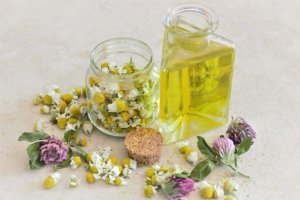
If your skin really tends towards the dry side, you may want to look for a serum that contains oils and rich nourishers like:
- Vitamin E
- Jojoba oil
- Safflower oil
- Castor oil
- Black cumin seed oil
- Pomegranate oil
There are also plenty of hydrating ingredients and extracts that are not oil-based, including:
- Aloe vera
- Chamomile extract
- Green tea extract
- Glycerin
- Licorice root extract
Chamomile extract, in particular, is an excellent ingredient for a winter serum because it hydrates, soothes irritation, and brightens your complexion. It also diminishes signs of photoaging and improves elasticity.
You can find it in the Elastin Boost Hyper-Lift Serum from Purity Woods where it stars alongside other ingredients that are suitable for all skin types, including aloe vera and three amazing maple leaf extracts.
Add a Gentle Cleanser to Your Skincare Routine in Winter
You may not think of facial cleansers as powerful anti-aging products, but they can make a huge difference to how youthful your skin looks.
More to the point, the wrong cleanser will strip your skin of its natural oils, damaging your skin barrier. This opens your skin up to dryness, makes it look dull and uneven, and deepens signs of aging like wrinkles and crow’s feet. Many cleansers also contain toxins that damage your skin even more over time.
This is why it’s important to use a moisturizing cleanser made with natural ingredients during winter so that you can clean off dirt, makeup, etc. while still keeping your skin hydrated.
Ingredients to Look For
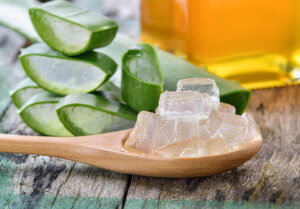
First and foremost, always look for natural and organic ingredients to avoid potentially toxic chemicals in your skincare products. Then, look for a product that contains both cleansing and moisturizing ingredients.
Again, there are many good plant-based options out there, but here are a few of the best that deserve to be highlighted:
Aloe Vera— Aloe vera has been used in skincare for thousands of years. It works to cleanse and mildly exfoliate skin while also binding moisture to the skin to boost hydration. In addition, aloe helps stimulate the production of collagen and hyaluronic acid— both important for elastic and youthful-looking skin.
Jojoba & Pumpkin Seed Oils— Jojoba oil and pumpkin seed oil are both moisturizers that won’t clog pores. Jojoba oil is notable because its composition is very similar to sebum, and it helps repair skin barrier function. Pumpkin seed oil is incredibly rich in skin-boosting nutrients and also supports your skin barrier. Both are excellent in a cleanser.
Green Tea Extract— Green tea does a lot of good things for your skin at any time of year but is an especially good addition to a skincare routine in winter. It can calm irritation and puffiness, rejuvenates skin cells, and boosts skin hydration.
Licorice Root Extract— Licorice root extract is very soothing for sensitive winter skin. It gently cleanses and even possesses natural antimicrobial properties. As far as anti-aging power goes, licorice root has been shown to brighten skin and fade the appearance of dark spots.
For a cleanser that moisturizes and fights signs of aging, look into the Pur-Radiance face cleanser from Purity Woods. It’s full of pure botanicals (like jojoba oil and licorice root extract) that gently cleanse and hydrate skin to restore a natural, youthful glow.
Pack in the Antioxidants

Antioxidants simply cannot be left out of your skincare routine if you want to fight or prevent signs of aging. They are critical for neutralizing free radicals that damage the precious collagen and elastin in your skin, making it look prematurely old.
Fortunately, there are numerous antioxidant-rich ingredients that nourish your skin through the winter— including many of the already-mentioned moisturizers like rosehip seed oil and shea butter.
Here are a few specific categories to keep in mind as you choose skincare products.
Vitamin C
Vitamin C is a powerful antioxidant with multiple anti-aging benefits. Studies have shown that it boosts collagen production, fades the appearance of dark spots, and protects your skin from photodamage— a major contributor to premature skin aging.
Look for natural vitamin C ingredients to add to your skincare routine in winter, including:
- Mango seed butter
- Rosehip seed oil
- Camu camu extract
- Acai
- Amla extract
- Sumac berry extract
Retinol Alternative
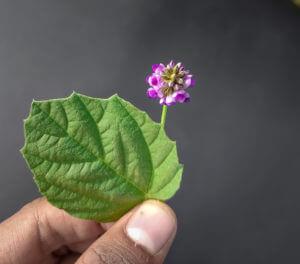
Vitamin A is another powerful antioxidant nutrient that tackles numerous signs of aging. In the skincare world, it’s most commonly found in the form of retinol or retinoid products, which are either animal-derived or synthetic.
If you like the anti-aging effects of retinol but not how it makes your skin feel, there is an up-and-coming natural alternative you can use instead, especially during the winter months.
This natural ingredient goes by the name of bakuchiol and is derived from the babchi or Psoralea corylifolia plant. It has made headlines as a “natural retinol alternative” and so far lives up to the hype.
In fact, one study has already compared retinol and bakuchiol side by side. In it, bakuchiol matched retinol for effectiveness (by decreasing wrinkles and fading dark spots) without any dryness, redness, irritation, etc.
Other Antioxidants
There are other superb antioxidant ingredients that don’t fit into a single category. Here’s a look at a few more top options for protecting your skin through winter and diminishing signs of aging:
- Astaxanthin (more powerful even than vitamin C!)
- Green tea extract
- Turkey tail mushroom extract
- Tremella extract (another shroom)
- Chamomile extract
- Maple leaf extract
- Resveratrol
Don’t Forget About Your Hands!
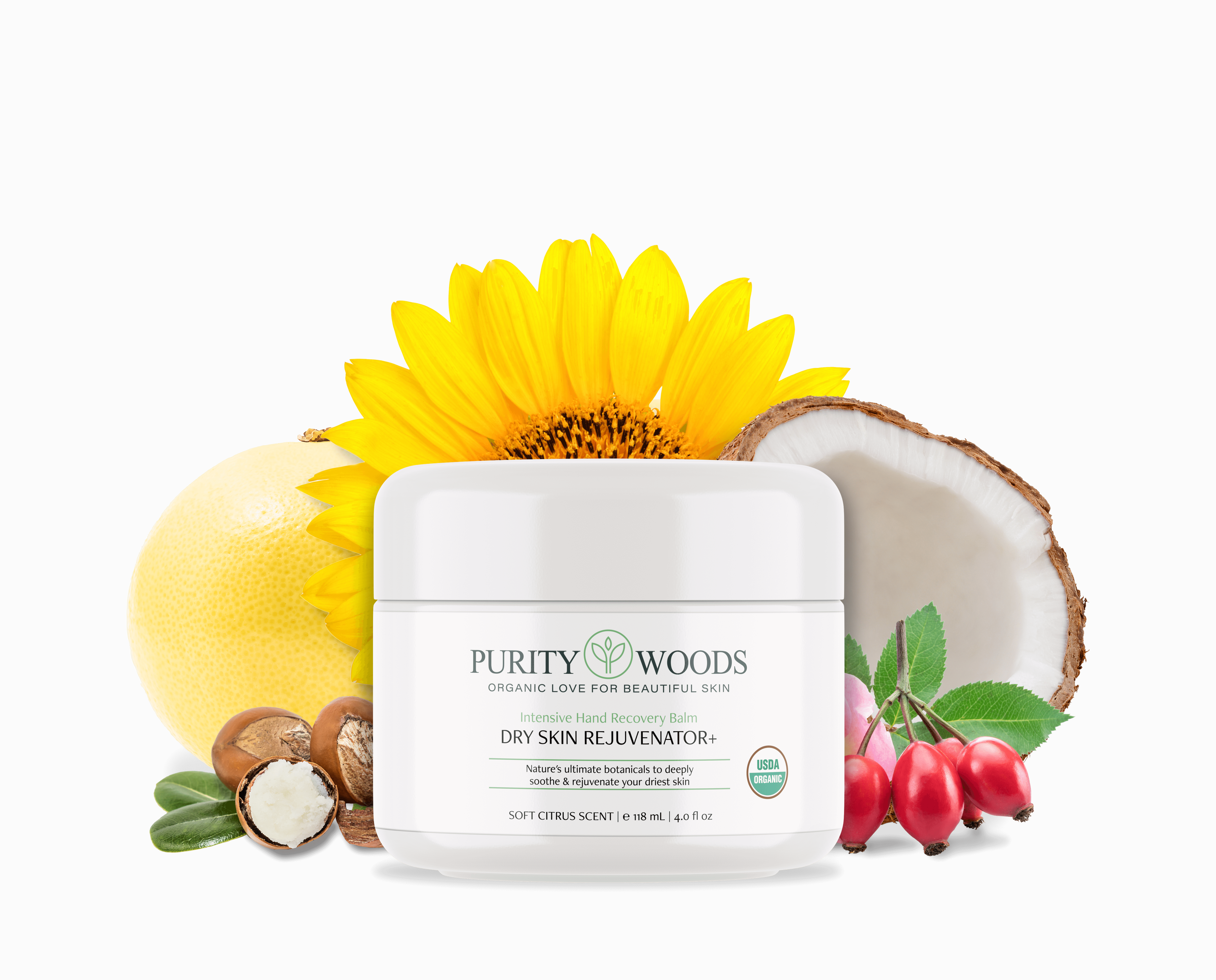 You should now have a good idea of the best anti-aging ingredients to add to your skincare routine in winter. However, as you work out your perfect nourishing regimen, don’t forget about a very important area of skin— your hands!
You should now have a good idea of the best anti-aging ingredients to add to your skincare routine in winter. However, as you work out your perfect nourishing regimen, don’t forget about a very important area of skin— your hands!
Often, the face and neck get the most attention when it comes to skincare and fighting signs of aging.
But your hands go through a lot during the winter (and all year long). Frequent washing makes them quick to dry out and crack in the colder months, and exposure to UV rays from the sun causes wrinkles, dark spots, and saggy-looking skin to appear.
If any of this sounds familiar, look into the Dry Skin Rejuvenator+ from Purity Woods.
It’s filled with nature’s top moisturizing ingredients like rosehip seed oil, coconut oil, and shea butter that deeply hydrate skin while making it look younger. The entire formula is USDA Certified Organic, which means zero toxins or synthetic ingredients.
Learn more about the Dry Skin Rejuvenator+ here, and be sure to treat all of your skin with extra care this winter.


